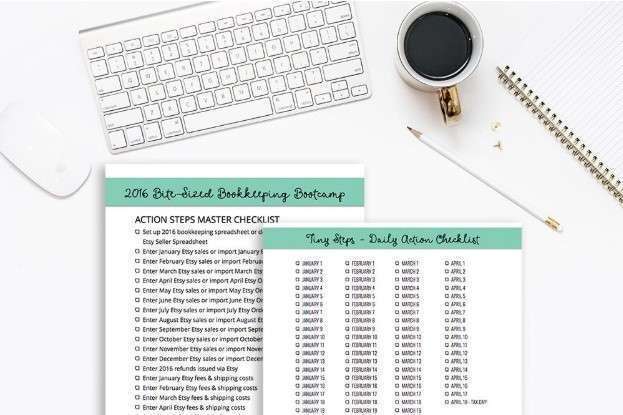
The company then combines these reports to analyze the applicable total cost of the product. Companies that mass produce a product allocate the costs to each department and use process costing. For example, General Mills uses process costing for its cereal, pasta, baking products, and pet foods. Job order systems are custom orders because the cost of the direct material and direct labor are traced directly to the job being produced. Process costing system is an accounting method usually used by manufacturing companies that mass produces very identical products or units of output. This costing system is used when the costs of producing each individual unit are very similar, and it is difficult to track the costs for each individual unit throughout the production process.
Module 7: Costing Methods
Management accountants must evaluate where these unfinished goods are in the manufacturing process and assign expenses accordingly. Process costing refers to a type of costing procedure commonly adopted by factories. In process costing, there is continuous or mass production and ongoing costs, which are accumulated regularly. In this example, grapes purchased and grape https://www.bookstime.com/ press maintenance relate to the crushing process and packaging supplies and packager labor relate to the packaging process. The final step is to designate the costs for the complete and incomplete products. In this example, the total cost for the completed products is $280,000 ($28 x 10,000) and the total cost for the incomplete products is $70,000 ($28 x 2,500).
How much will you need each month during retirement?
Textbook content produced by OpenStax is licensed under a Creative Commons Attribution-NonCommercial-ShareAlike License . The OpenStax name, OpenStax logo, OpenStax book covers, OpenStax CNX name, and OpenStax CNX logo are not subject to the Creative Commons license and may not be reproduced without the prior and express written consent of Rice University. The Coca-Cola Company is one of the world’slargest producers of nonalcoholic beverages.
PERIODIC INVENTORY SYSTEM: Detailed Overview With Examples

Often, process costing makes sense if the individual costs or values of each unit are not significant. For example, it would not be cost effective for a restaurant to make each cup of iced tea separately or to track the direct material and direct labor used to make each eight-ounce glass of iced tea served to a customer. In this scenario, job order costing is a less efficient accounting method because it costs more to track the costs per eight ounces of iced tea than the cost of a batch of tea. Overall, when it is difficult or not economically feasible to track the costs of a product individually, process costing is typically the best cost system to use.
Step #2. Calculate equivalent units
This method is used for cases where there are slight fluctuations in costs from period to period or where there is no standard costing system. While the costing systems are different from each other, management uses the information provided to make similar managerial decisions, such as setting the sales price. For process costing examples example, in a job order cost system, each job is unique, which allows management to establish individual prices for individual projects. The most difficult process costing method, FIFO is used to provide more precise product costing, particularly when expenses vary dramatically from one period to the next.
Accounting for Managers
- The inclusion of non-production costs in the computation can lead to errors.
- Understanding the company’s organization is an important first step in any costing system.
- A job costing system isused by companies that produce unique products or jobs.
- Someone would have to closely examine the checks to see any discrepancies, and that seemed unlikely.” The multimillion dollar fraud was exposed when another accountant looked closely at the checks and noticed discrepancies.
- Then, to assign production costs to each bottle of cola, they would divide the entire process cost by the number of bottles produced during that time period.
Analyze the flow of items during the period to identify the amount of inventory at the start of the period, how many items were begun during the period, how many were completed and moved out, and how many were incomplete at the end of the period. Calculating the unit cost for any work performed during a period is a key part of a production report. The first step is to determine the number of units that are complete and the number of units that are incomplete.
- Job-order costing focuses on a specific product or service produced for a given customer.
- The same principles apply to the valuation of abnormal gain, where the gain occur part-way through the process as abnormal loss.
- This makes it easy to switch over to a job costing system from a process costing one if the need arises, or to adopt a hybrid approach that uses portions of both systems.
- It can assist businesses in improving their processes in order to cut costs and offer products at more competitive pricing.
- Activity-based accounting (ABC) assigns overhead costs to products and services to give you a better idea of what they cost.
Hey, Did We Answer Your Financial Question?

Company ABC is manufacturing which specializes in shoe production, they mainly focus on the local market. The production needs to go through multiple processes which they called the departments. Common costs are apportioned on basis of the sales value of Joint product produced when they are separated in process. Joint products are two or more products generated simultaneously, by a singe manufacturing process, using common input, and being substantially equal in value. The next step is to calculate the total expenses that are applicable to the production of the product.
The process of production does not change because of the costing method. In a process cost system, costs are maintained by each department, and the method for determining the cost per individual unit is different than in a job order costing system. Rock City Percussion uses a process cost system because the drumsticks are produced in batches, and it is not economically feasible to trace the direct labor or direct material, like hickory, to a specific drumstick.
Calculate the equivalent units to account for the number of unfinished items at the end of the period
The five steps in process costing are to analyze inventory, convert incomplete units to completed units equivalent, determine total expenses, calculate cost per unit of output, and allocate costs to completed and incomplete units. Each step is an important part of the process and helps to ensure that an accurate cost per unit of output is calculated. Process costing is an accounting methodology that traces and accumulates direct costs, and allocates indirect costs of a manufacturing process. Costs are assigned to products, usually in a large batch, which might include an entire month’s production. It assigns average costs to each unit, and is the opposite extreme of Job costing which attempts to measure individual costs of production of each unit.